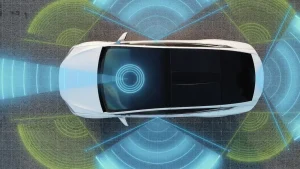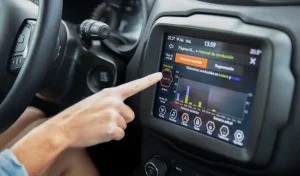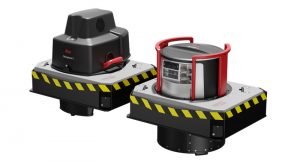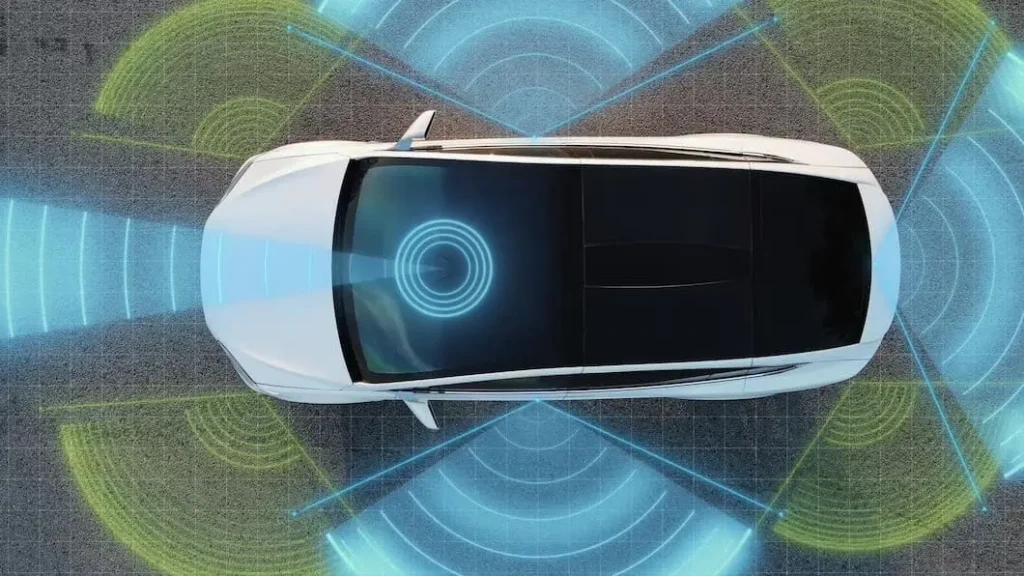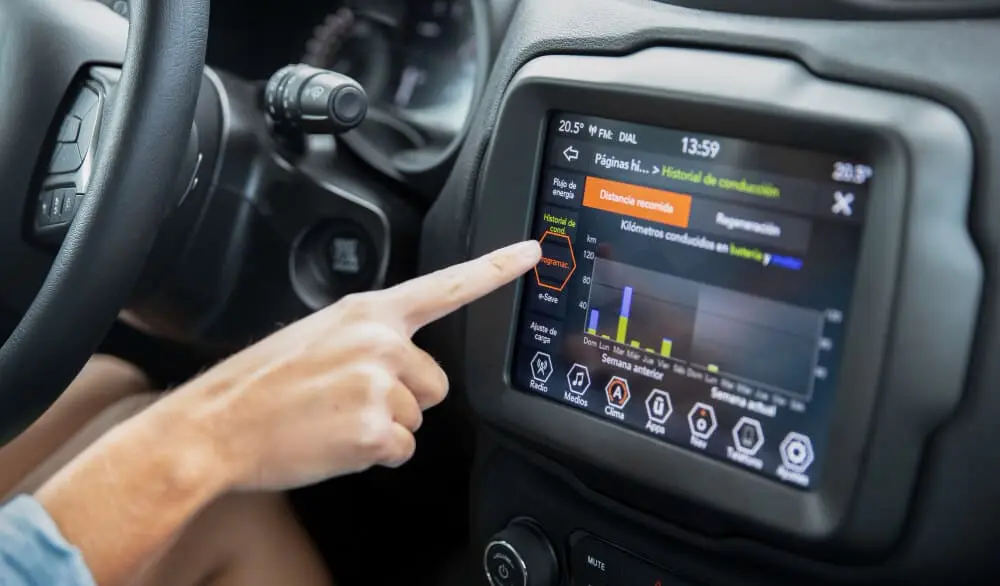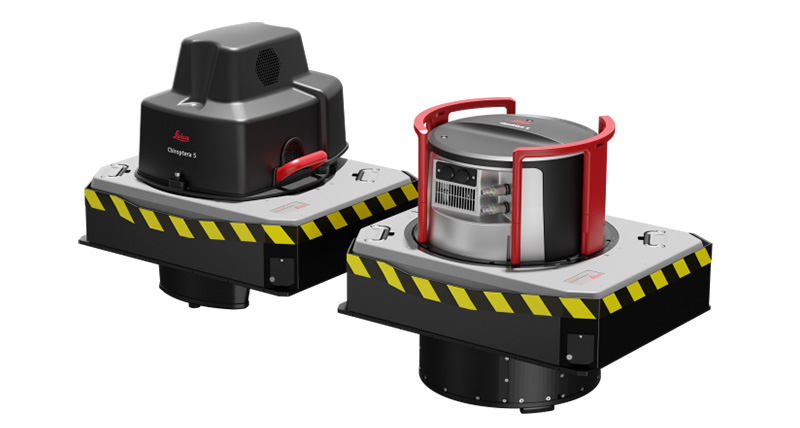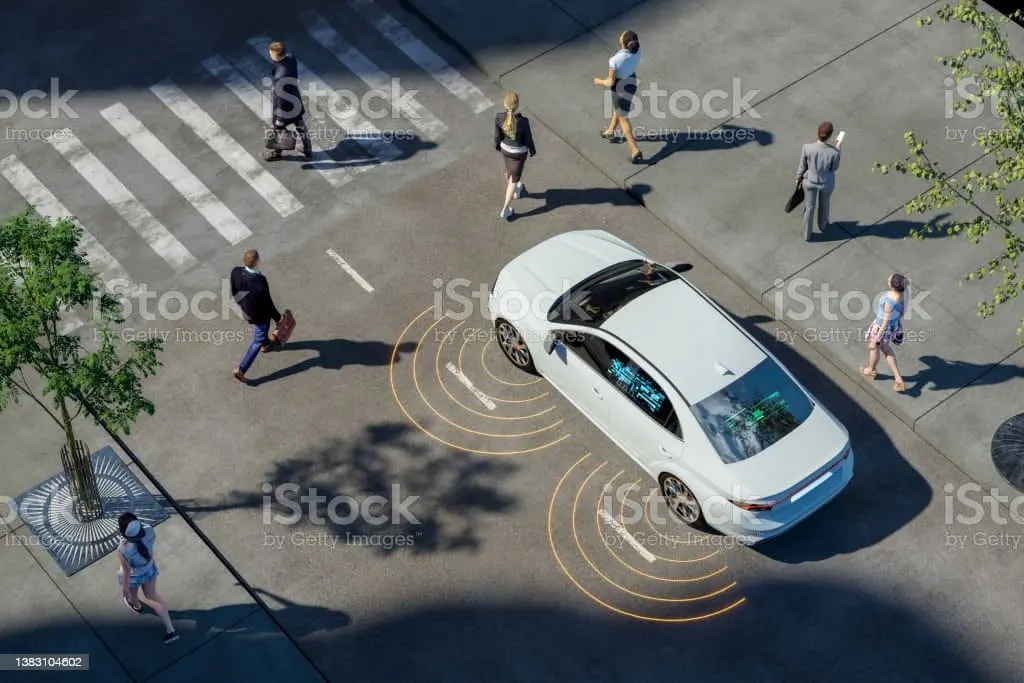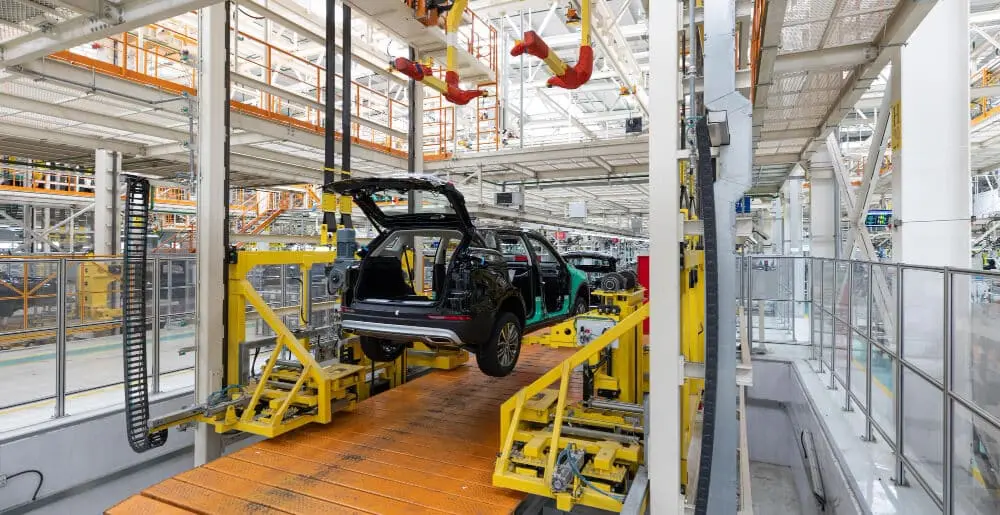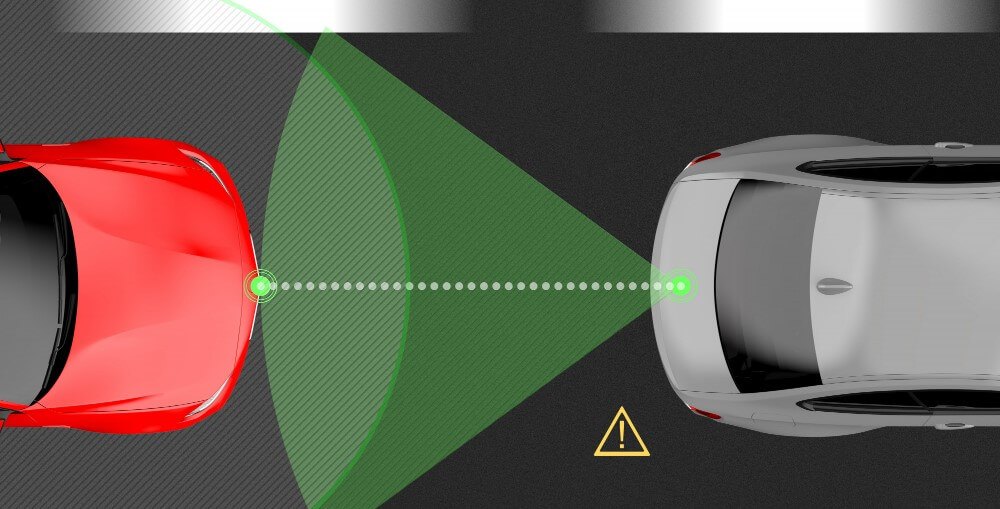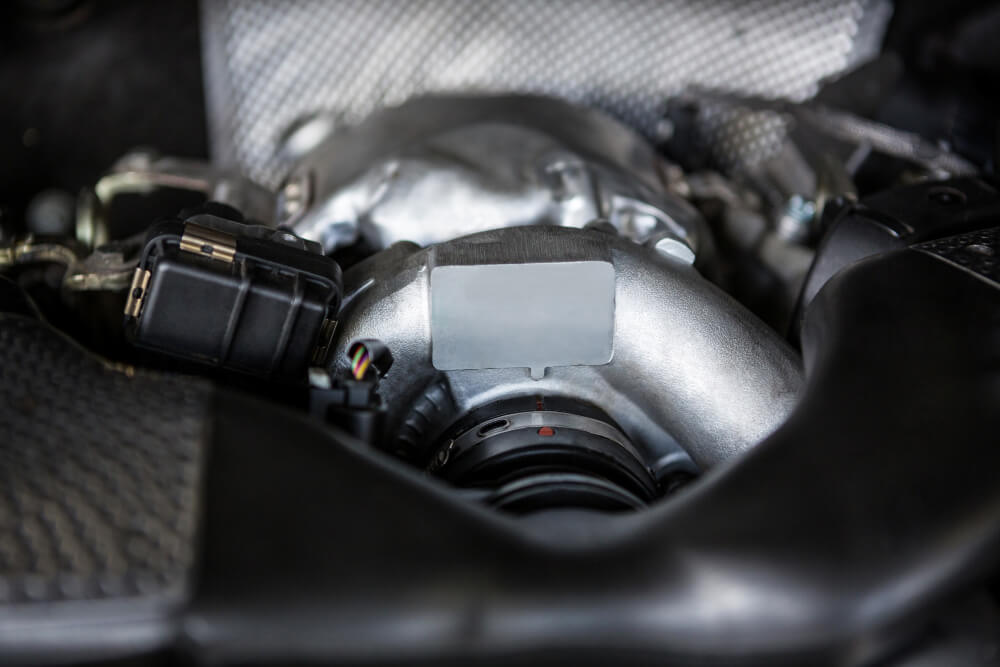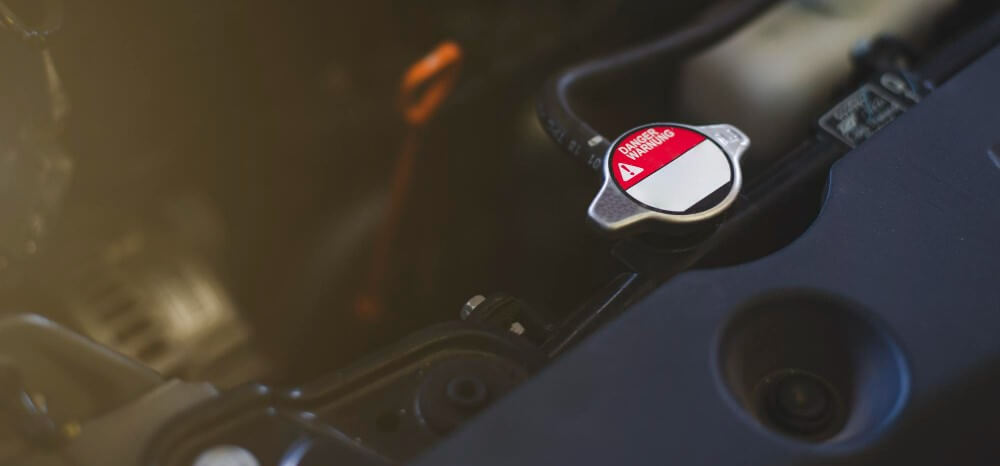Even in the automotive industry, life has been simpler thanks to technological advancements, as car sensors provide data about the health of the vehicle. Artificial intelligence and mobile connectivity were part of the technology. Today, sensors are a crucial component that all automobiles with modern designs must have.
The internet is now accessible, you can rest while the car is in self-driving mode, and you can communicate thanks effectively to the convenience of modern vehicles. All of them are a part of a sensor device’s functional aspect. The component gives the engine the knowledge and intelligence to understand when modifications are necessary and to make them.
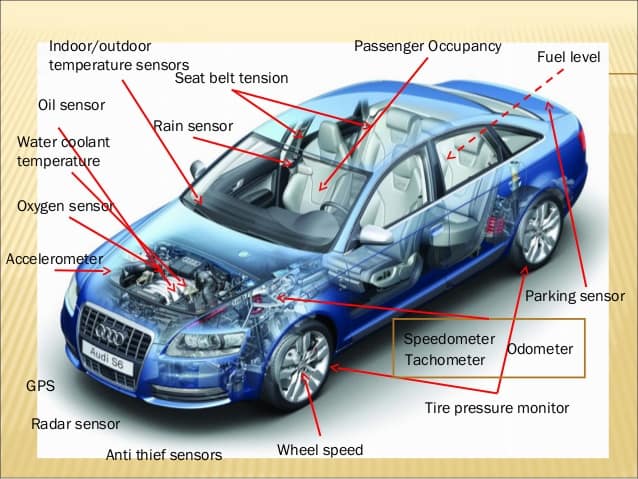
What is a Car Sensor?
A car sensor is an intelligent device that keeps track of an automobile’s health and notifies the owner when maintenance needs to be done. In some circumstances, it modifies the engine automatically. The device regulates various functions of a car, such as the temperature, coolant system, oil pressure, emission levels, etc.
The sophisticated car sensor can accept a wide range of readings, analyze them optimally, and determine the appropriate state. The sensor-containing component sends the user a warning message if it is malfunctioning.
The car sensor is always programmed to detect alterations in the vehicle’s components. This indicates that sensors always function as long as the engine is running. The sensor was originally designed to solely work on the engine, but modern versions regulate every aspect of an automobile, from the smallest electrical item to the engine’s temperature regulation.
What are the Functions of Car Sensors?
You may determine some of the purposes of car sensors from the preceding explanation. Since they come in various forms, they can power diverse systems and applications within a vehicle. The range of functions is huge.
However, regardless of where they are used, all of the terms used to describe sensors in automobiles still serve the same basic purposes. The computer (ECU) that uses algorithms receives the data about the application they are monitoring. The algorithms already account for the numerous situations that the gadget can encounter, so when one arises, the computer might adjust for the proper circumstance. The driver receives a notification if the computer is unable to make the adjustment.
Types of Car Sensors:
The different sensor types used in cars to monitor various factors are listed below:
Engine Speed Sensor:
The crankshaft’s spinning speed is managed and tracked by the engine speed sensor. The sensor is fitted to the crankshaft, to put it simply. If you get how an engine operates, you will be able to explain how the crankshaft’s rotating motion is created from the engine’s reciprocating action. That is available to read at the end of this article.
Mass Airflow Sensor:
The volume and density of air injected into the engine are measured using several types of airflow sensors. These sensors are employed in the engine’s combustion chamber, where calculations are used to operate the engine. The mechanism makes sure that the proper quantity of gasoline and air is used to create a mixture, allowing the engine to run at its best efficiency. If the sensor malfunctions, the vehicle may use more fuel and occasionally stall.
Spark Knock Sensor:
The spark knock sensor’s job is to check for smooth fuel combustion and unanticipated detonation. Detonation poses a serious threat to the engine since it will cause the rod bearings and piston rings to rupture and the head gasket to fail. Because fixing the issues might be rather expensive, careful attention should be paid to the sensor’s information.
Voltage Sensor:
Voltage sensors in car engines have the job of controlling the vehicle’s idle speed. It guarantees that the speed will be raised or lowered as necessary.
Fuel Temperature Sensor:
To maintain optimal fuel use, a sensor continuously checks the temperature of the gasoline. Because of its greater density, cold fuel will burn more slowly than warm fuel, which typically burns more quickly. In order for the engine to operate properly, the sensor ensures that the fuel is injected at the proper temperature and rate.
Oxygen Sensor:
These kinds of car sensors make it possible to gauge how much oxygen is present in the exhaust pipe. According to the sensor computation, it decides whether the engine is burning lean or rich. When the gadget malfunctions, the automobile will use more gasoline, idle, and even jolt.
Manifold Absolute Pressure Sensor (MAP sensor):
The MAP sensor types keep track of the engine load by figuring out the difference between the car’s manifold pressure and the atmospheric pressure to ensure the engine receives fuel based on pressure fluctuations. This sensor’s malfunction also results in high fuel usage.
Working Principle of Car Sensor
The operation of a car’s sensors is rather straightforward, fascinating, and simple to comprehend. Consider the nose, eye, mouth, hand, and ear as examples of human sense organs to gain a basic understanding of these sensors. All of these components of the human body gather data from natural events and communicate it to the brain, which then makes a decision. Automobile sensors experience the same thing; they notice changes in the car and transmit the information to the computer, which corrects the situation.
The technique used to make sensors operate is called multiplexing, which is the consolidation of lines in a microprocessor to make sure that the operation never gets out of control. Using an engine cooling system sensor as an example, the cooling system’s size makes it possible for one or more sensors to be present. As soon as the engine starts up, the sensors that keep an eye on the entire cooling system—from the radiator to the overflow tank—begin to work. Information is thus given to the driver whenever any cooling system component fails. Low coolant in the system will be detected by the sensor.
As information is sent to an analog processor, the initial applications of sensors in an automobile are fairly intensive. To control the state of the system, the CPU decides based on straightforward algorithms. Any value other than those programmed could not be used since the analog system could only handle predefined values. The system will ultimately fail if an unidentified error happens.
What are Advantages and Disadvantages of Car Sensor?
Advantages:
The advantages of car sensors are listed below:
- Defective components are quickly identified
- Automobiles with sensors frequently have automatic control.
- Drivers’ lives are made easier by sensors.
- Sensors are used to change every setting exactly.
- The driver is informed in advance of any problematic components.
- The tools allow for proper engine maintenance.
Disadvantages:
Despite the sensor’s benefits, there is still a significant drawback. The following is a disadvantage of car sensors:
- To get the necessary data, almost all current cars utilize a range of various sensors. The drawbacks of using a variety of sensors include their potential for failure over time and the potential for expensive replacements.

